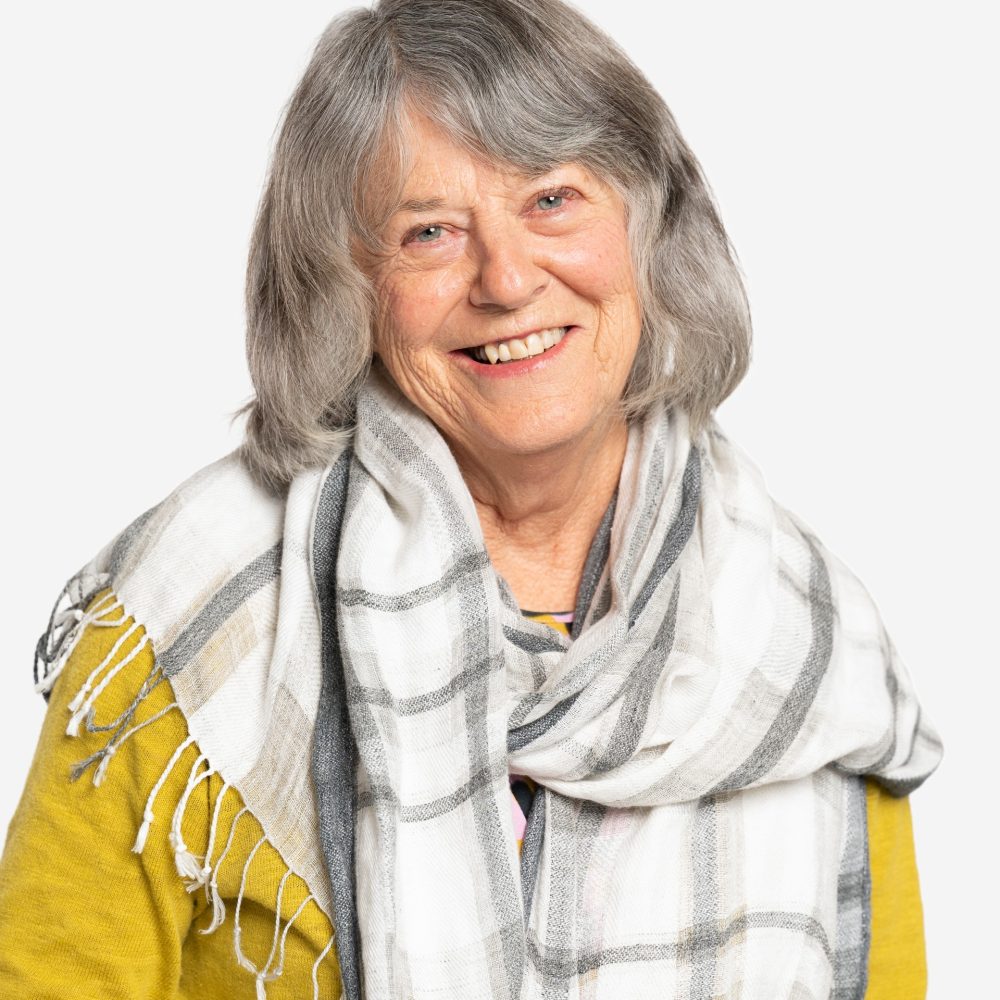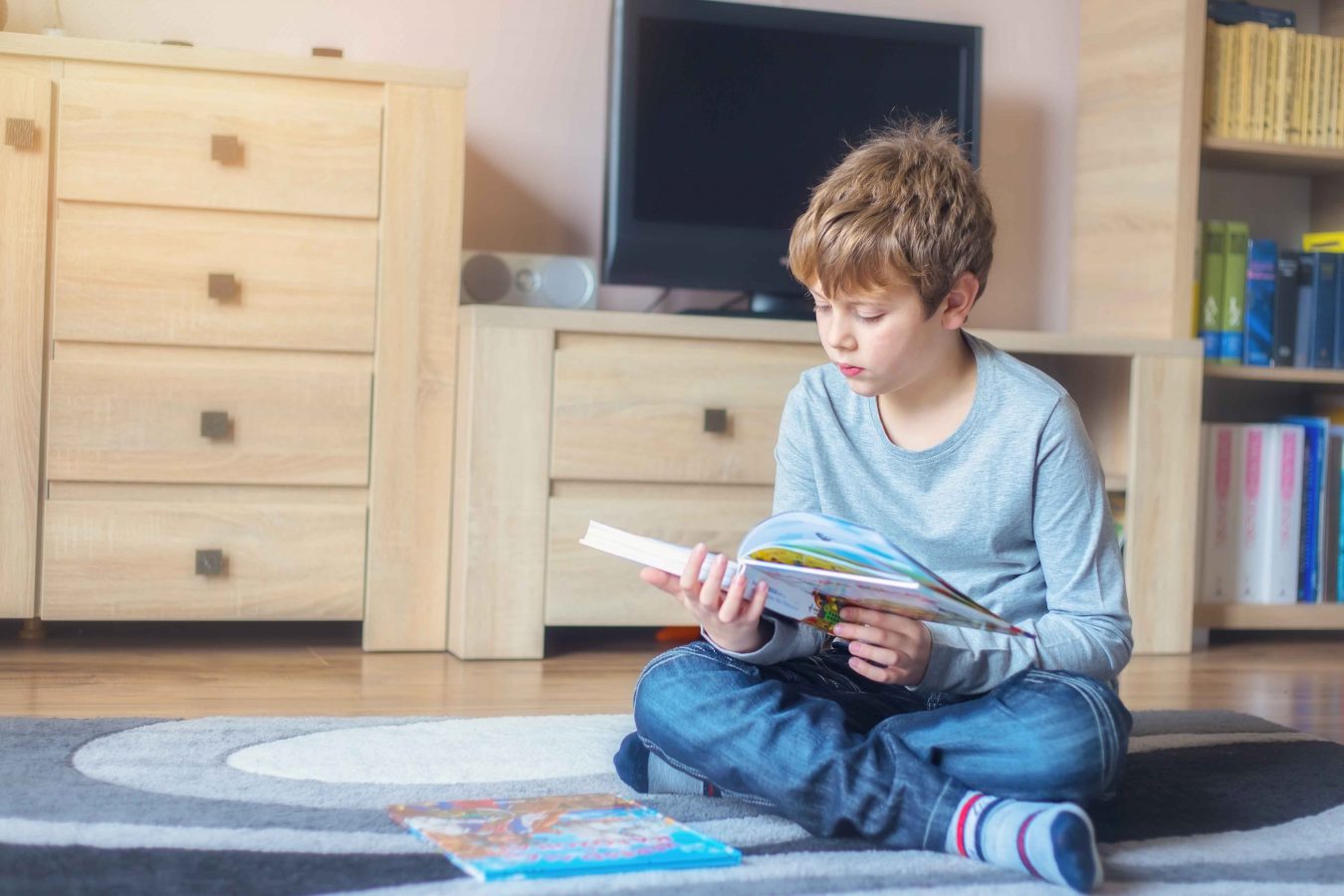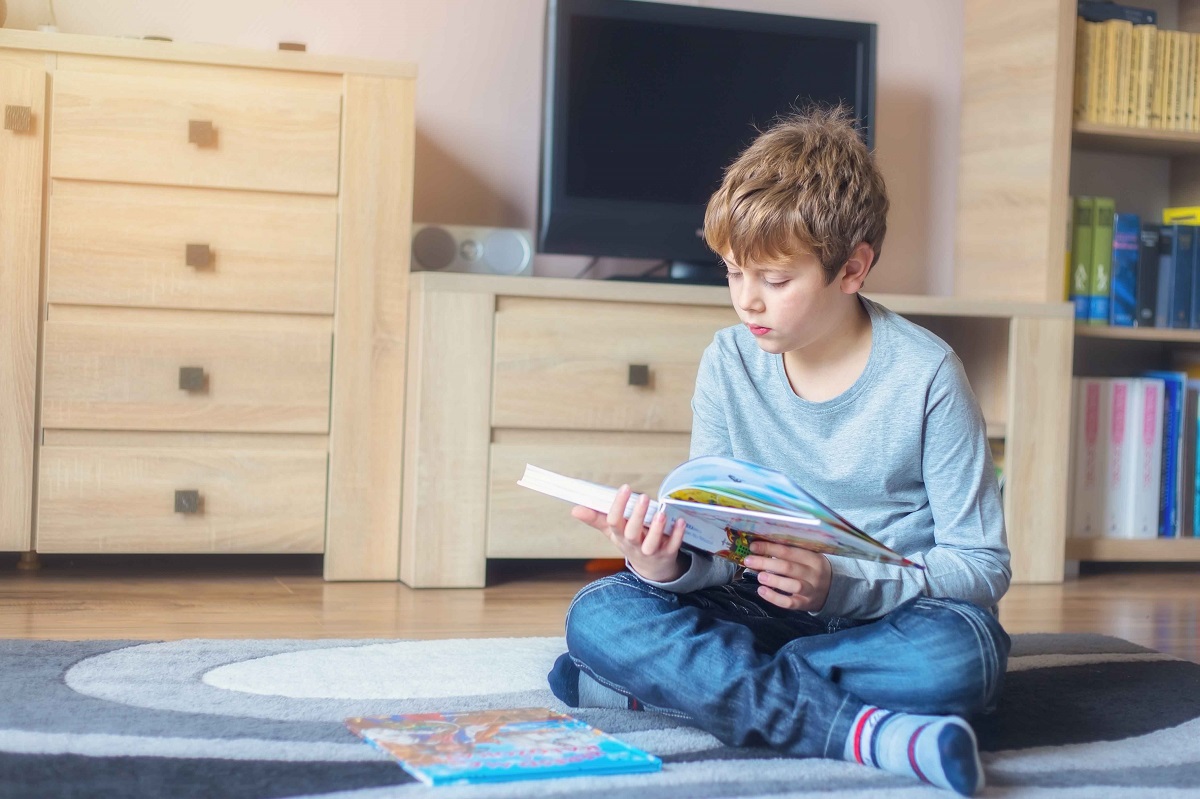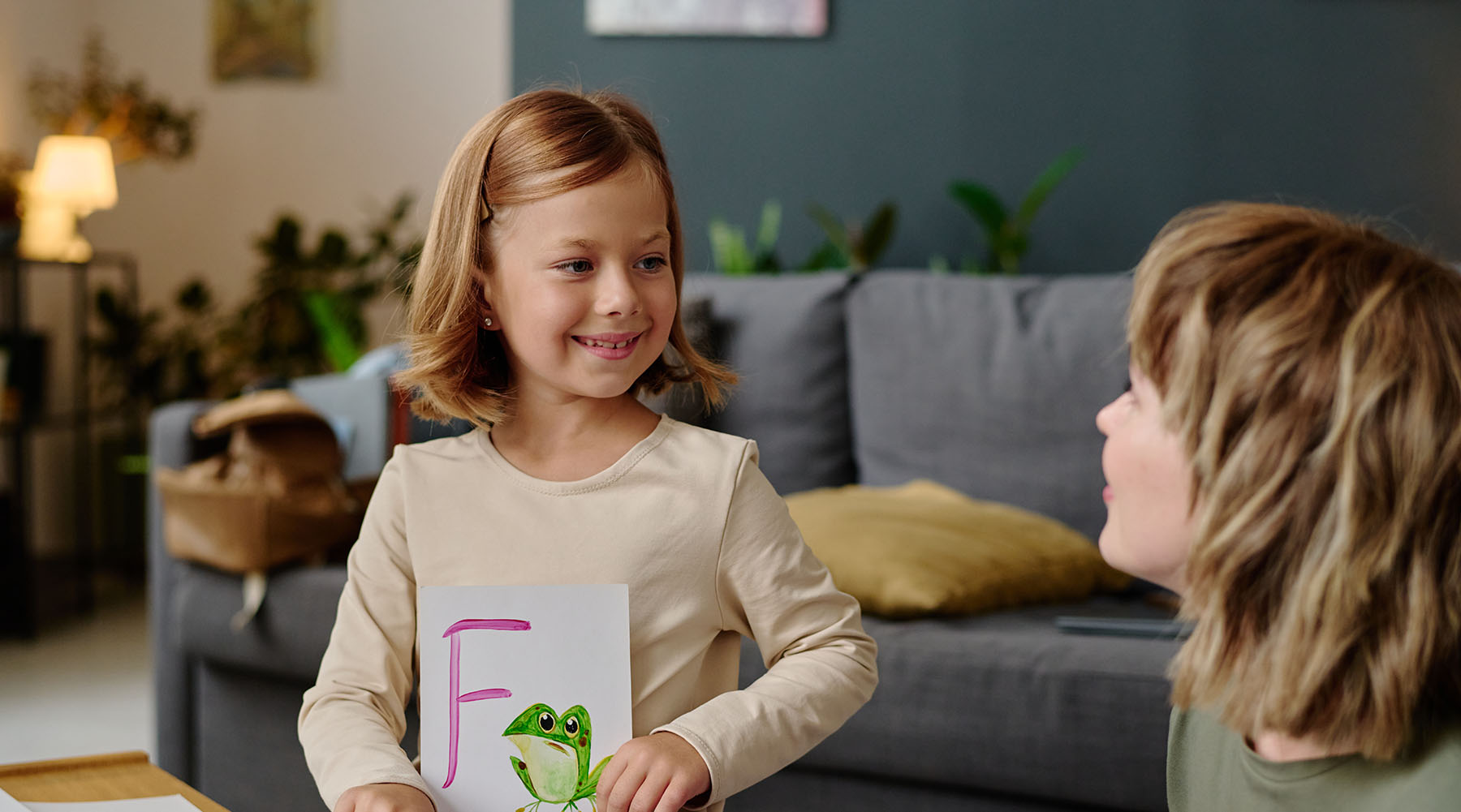
From 2025, all Victorian government schools will be required to teach reading using a phonics-based approach known as SSP. But what is it? And how can parents help their child learn to read in a way that aligns with what they are learning at school?
First, lets explain some terms which might be unfamiliar to parents.
Systematic Synthetic Phonics (SSP) is a highly effective, evidence-based approach to teaching children how to read by focusing on the relationship between sounds and letters. The approach is systematic, meaning it follows a structured sequence, and synthetic, meaning children learn to blend sounds to form words.
Initially children are taught phonological awareness – how to recognise and work with sounds in spoken language – without involving letters. This includes skills such as identifying rhymes, counting syllables, and recognising the individual sounds in words. The ability to hear, recognise and manipulate those sounds in words is a critical element in learning to read and write.
Phonemes and Graphemes
The English language has 44 speech sounds (phonemes) which are represented by various written letters or letter combinations (graphemes) such as:
- /h/ (the h in hat and the wh in who),
- /o/ (the o in orange and the a in swan), or
- /f/ (the f in fan, the ff in puff, and the ph in phonics).
Children are taught the full list as part of their literacy journey.
It is important to remember that when saying the alphabet, we use letter names (Ay, Bee, Cee, etc). Children often recite the alphabet using these names or sing the alphabet song in the same fashion but, delightful as it is, more is required. Learning to read and spell relies heavily on sounds, not these letter names, and SSP helps children connect letters to speech sounds.
The teaching of phonics assists children to recognise and link the 44 phonemes in the English language to their corresponding graphemes. Children should come to understand that letters represent the sounds of the spoken language and that there is an organised, logical, and predictable relationship between written letters and spoken sounds.
Sounding out and spelling out
The terms decoding (sounding out) and encoding (spelling out) are both used in phonics.
Decoding involves looking at the written word and converting it into spoken language. For instance, when a child sees the word “dog” they decode it by sounding out “d’ “o” “g” to say the word.
Encoding, on the other hand, involves converting spoken language into the written form. This means hearing a word, breaking it down into its individual sounds and then writing those sounds using the appropriate letters. For example, if a child hears the word “dog”, they would encode it by writing the letters “d’ “o” “g”.
Both processes rely on a strong understanding of the relationship between letters and sounds, the foundation of phonics. Learning that there are predictable relationships between sounds and letters allows children to confidently apply these relationships to both familiar and unfamiliar words and begin to read with fluency.
High frequency words
High frequency words, sometimes called ‘sight words’, are common words that young readers can come to recognise instantly without needing to sound them out, such as ‘the’, ‘and’, and ‘is’.
However, many high frequency words do not follow standard phonetic spelling rules, making them difficult to sound out – words like ‘was’, ‘of’, and ‘to’. These words appear frequently in texts and are crucial for developing reading fluency. By mastering these words, children can read more quickly and with better comprehension, as they do not have to pause to decode each word individually.
Helping early learners with the sounds of speech
There are numerous ways that parents can support their children’s literacy development at home. If you have a school aged child, it might be a good idea initially, to check in with their teacher to see what is happening in the classroom but otherwise just have fun trying out some of the activities outlined below.
Phonological awareness typically begins to develop in early childhood. You can support it with these simple activities.
- Sing or recite songs and rhymes that emphasise rhythm and rhyming: “It’s Raining, It’s Pouring”, “Baby Shark”, or “A Sailor Went to Sea, Sea, Sea”
- Play games where you and your child think of rhyming words, fan/man, bug/jug, or bat/cat
- Clap hands for each syllable in a word. For example, three claps, banana, ba-na-na or remember, re-mem-ber
- Identify words that begin or end with the same sound, big/bat, or fat/mat
- Break words into individual sounds, b/u/g or blend individual sounds to make words
- On a more advanced level, recognise words that remain when a letter is taken away, smile/mile
- Down the track, introduce diagraphs, for example, th, ch or sh, using some of the above activities
- My favourite is “I Spy”. Try it out when you are enjoying a stroll or driving in the car. I spy with my little eye something beginning with the sound “s”.
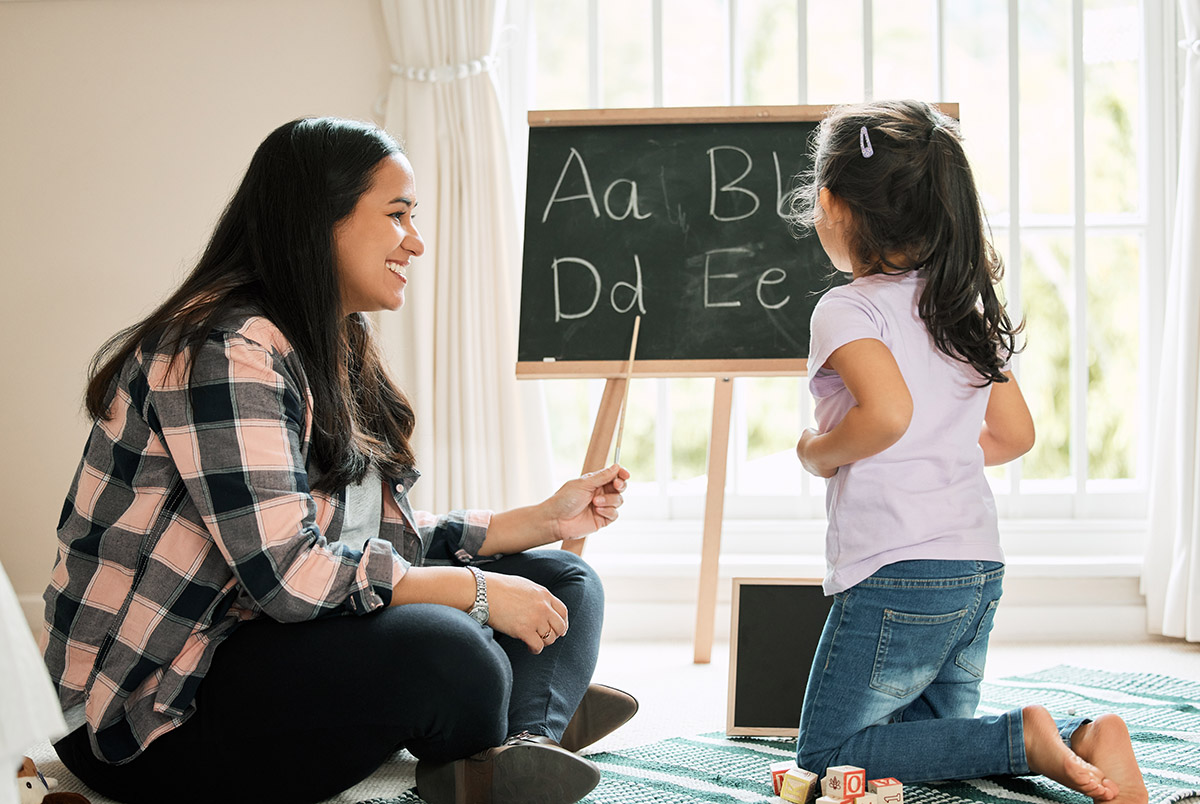
Building on what your child learns at school
There are lots of things you can do to support phonics learning at home when your child starts school, including games you can play with them to promote the connection between phonemes (sounds) and graphemes (letters). Keep in mind, though, that games enrich teaching, they do not replace it. They provide the rote practice that most children need to solidify their recognition of phonics patterns.
Practising writing letters and words is an important part of phonics. Write letters with paint or chalk or trace them in sand. After the letter is written ask your child to tell you the letter they have written and the sound it makes. Gather some much-loved toys and with one toy at a time ask what is the first sound or letter in the word. Furthermore, write letters (or words) on cards and see how many cards your child can find hidden around their room. When your child finds a card, they have to say the sound or read the word aloud.
Make a list of high frequency words, write them on cards and display some of these words around the house. Enjoy the fun of reading them together, over and over.
Lastly, remember, you do not need to be an expert here, just enjoy learning together with your child and have fun.
Useful resources
The ABC Reading Eggs App includes ABC Reading Eggs for younger children or ABC Reading Eggspress for those older.
ReadingDoctor is an evidence based Australian program designed to improve phonemic awareness and phonics skills. It has free decodable readers that are specially designed that help beginning readers practice their phonics skills. The books contain words that can be sounded out using letter sound relationships that students have already learned, building reading confidence and fluency.
Decodable readers encourage children to read independently by using decoding strategies rather than guessing from pictures and context – and are fabulous for these purposes – but also remember to continue sharing beautiful picture books and stories at home, particularly at bedtime.
About Diane Bourke
Diane Bourke is a Project Manager for Independent Schools Victoria. She was Head of Junior School, Campbell House, at The Geelong College for 16 years, and Head of Junior School, Morris Hall, Melbourne Girls Grammar for 15 years.
Like this post? Please share using the buttons on this page.
Stay up to date with our newsletter here